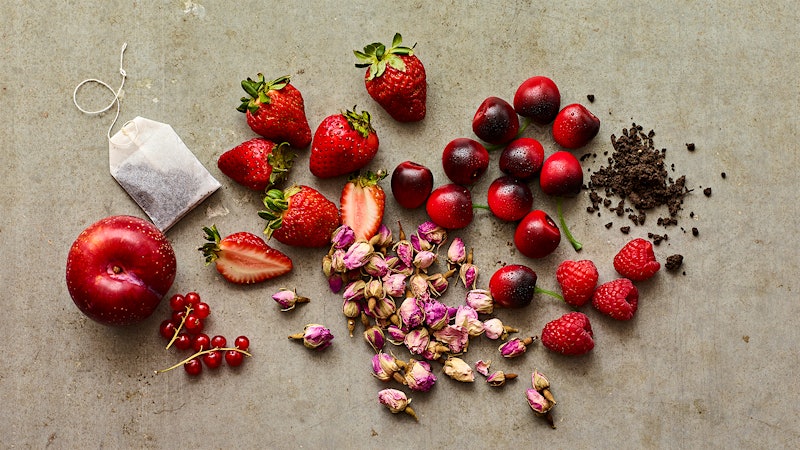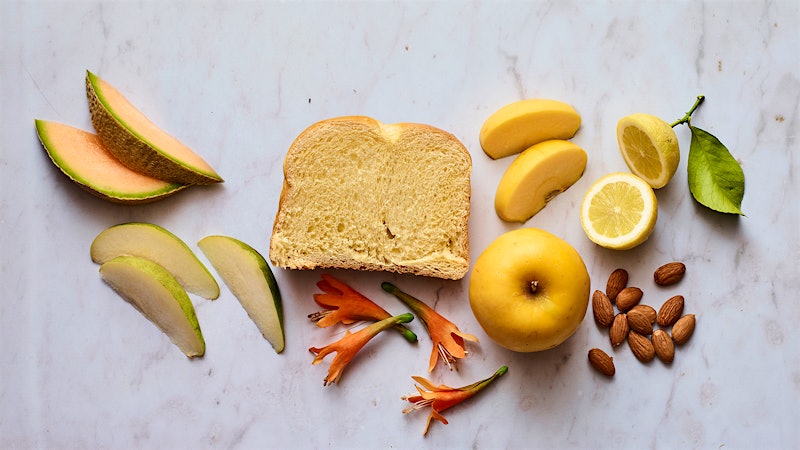[SO-vee-nyon Blahnk]
Characteristics
Sauvignon Blanc is historically connected to two French winemaking regions: the Loire Valley and Bordeaux. It most likely originated in the former, which today still makes single-variety expressions to global acclaim. In Bordeaux, where the grape's roots also run centuries deep, winemakers blend Sauvignon Blanc with Sémillon and small percentages of Muscadelle for dry whites and, in the Sauternes and Barsac appellations, world-renowned botrytized dessert wines.
Sauvignon Blanc was planted in New Zealand starting in the 1970s; it has since skyrocketed in popularity in the U.S. and worldwide, and is the country's signature grape today. It was also popularized in California in the 1980s, where Robert Mondavi dubbed it "Fumé Blanc" (inspired by the Loire's Pouilly-Fumé appellation). These versions saw hefty oak influence, but these days, few California producers still use this term or make this style.
Sauvignon Blanc is early- to mid-ripening, and grows best in limestone soils and relatively cool climates. The archetype dry Sauvignon Blancs are those of the Loire Valley's Sancerre and Pouilly-Fumé appellations—these are citrusy whites with herbal and mineral notes. White Bordeauxs can see some oak aging, lending a rounder, riper profile. California bottlings mix ripe, fleshy textures with stone and sometimes tropical fruit flavors. Typical New Zealand Sauvignon Blancs are made in a light, zingy style full of citrus and aromatic herbal notes like lemongrass.
Where it's grown

Sauvignon Blanc icons
- Loire
- New Zealand
- California
Suggested food pairings
- Loire (dry)
- Loire (sweet)
- Foie gras
- New Zealand
For more on Sauvignon Blanc
- Sauvignon Blanc, California Style
- New Zealand: Demand and Supply
- Loire Valley: A River Runs Through It
- New Zealand vintage chart
- Loire Valley vintage chart
Get scores and tasting notes for recently rated Sauvignon Blancs
Sauvignon Blanc fans may also like
- Grüner Veltliner
- Pinot Grigio
- Riesling












